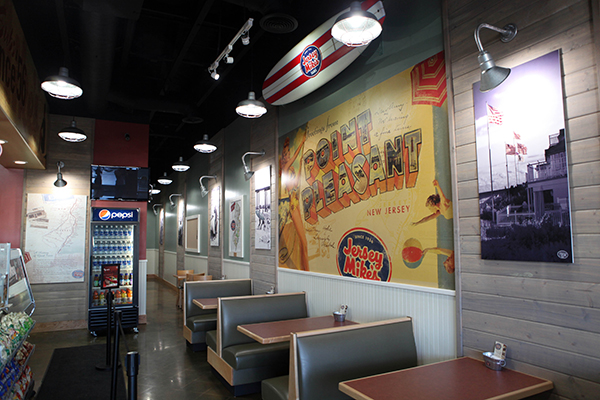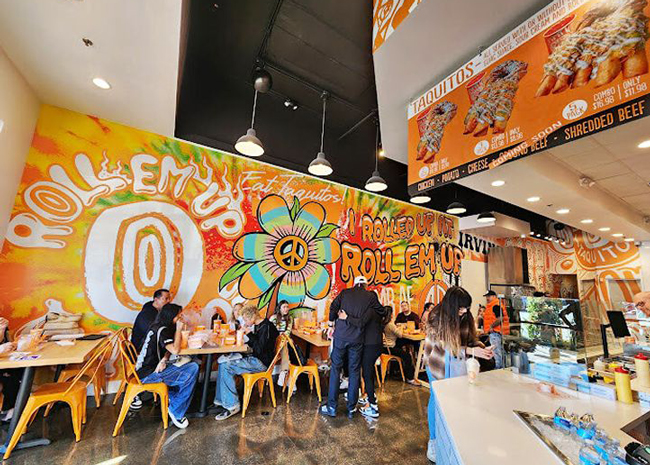Taco Bell plans to update its real estate strategy and employ several new elements inside its restaurants to help the Mexican-themed quick-serve concept achieve its aggressive growth plans.
Taco Bell plans to grow sales from $10 billion annually to $15 billion annually by 2022. To fuel this growth, the chain plans to grow as a system to approximately 9,000 restaurants globally in the next 5 years.
Taco Bell’s push includes experiential elements inside the restaurants, including open kitchens, digital menu boards, the opportunity to create a community atmosphere utilizing local reclaimed elements and artwork and shareable food.
To fuel its development drive, Taco Bell will enter highly pedestrian urban areas that do not have room for a drive thru. The brand will use its inline and Cantina restaurant concepts for these locations.
Suburban
Last year, Taco Bell debuted four new restaurant designs that will provide tailored concepts reflecting the local community – Heritage, Modern Explorer, California Sol and Urban Edge. All four test locations opened in Orange County, Calif., in 2016, and two new restaurants in Bay City, Mich., and New Whiteland, Ind., opened earlier this year. By the end of 2017, the chain will complete a refresh on an additional 350 restaurants, bringing the total number to about 80 percent of the system. In the past 5 years, Taco Bell and its franchisees have invested more than $600 million to re-image more than 2,700 restaurants.
Urban Inline
In late 2015, Taco Bell opened its first Taco Bell Cantina restaurant in the Wicker Park neighborhood of Chicago. Since then, 11 urban inline stores have opened in such cities as San Francisco, New York, Chicago and Atlanta. Along with Wicker Park, Taco Bell now operates five Cantina locations, meaning they serve alcohol, in Austin, Las Vegas, San Antonio and Berkeley, Calif.
By 2022, Taco Bell expects at least 300 of the new locations to be urban inline restaurants in markets with growth potential.
International
Internationally, Taco Bell will focus its growth in Brazil, Canada, China and India, and hopes to open at least 100 restaurants in each market. Additional international growth markets gaining scale in the Taco Bell system include Spain, Guatemala, South Korea and the United Kingdom. Today, Taco Bell operates more than 6,650 restaurants in 23 countries.
With the recent opening in the Netherlands, Taco Bell currently has 350 restaurants in 22 countries outside the U.S.




